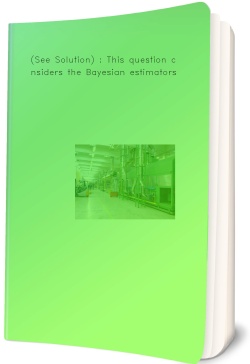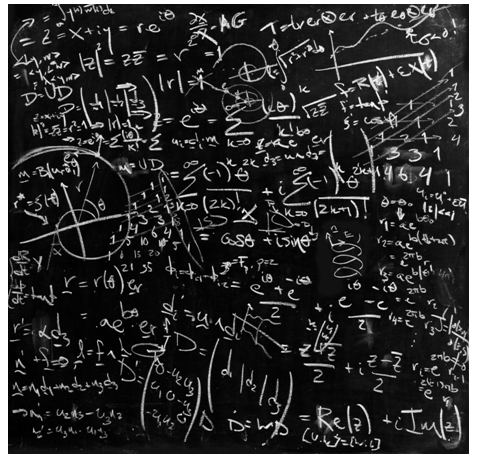An open-top box is to be constructed from a 6 by 8 foot rectangular cardboard by cutting out equal squares
-
An open-top box is to be constructed from a 6 by 8 foot rectangular cardboard by cutting out equal squares at each corner and the folding up the flaps. Let
x
denote the length of each side of the square to be cut out.
-
Find the function
V
that represents the volume of the box in terms of
x
.
Answer :
-
Graph this function.
Show Graph here
-
Using the graph, what is the value of
x
that will produce the maximum volume?
Answer : -
Write
h
as a function of
r
.
Answer :
-
What is the measurement of the height if the radius of the cylinder is 2 centimeters?
Answer :
-
Graph this function.
-
Find the function
V
that represents the volume of the box in terms of
x
.
-
The formula for calculating the amount of money returned for an initial deposit money into a bank account or CD (Certificate of Deposit) is given by
\[A=P{{\left( 1+\frac{r}{n} \right)}^{nt}}\]
A is the amount of returned.
P is the principal amount initially deposited.
r is the annual interest rate (expressed as a decimal).
n is the compound period.
t is the number of years.
Suppose you deposit $10,000 for 2 years at a rate of 10%.-
Calculate the return (
A
) if the bank compounds annually (
n
= 1).
Answer:
-
Calculate the return (
A
) if the bank compounds quarterly (
n
= 4).
Answer: -
Calculate the return (
A
) if the bank compounds monthly (
n
= 12).
Answer:
-
Calculate the return (
A
) if the bank compounds daily (
n
= 365).
Answer:
-
What observation can you make about the increase in your return as your compounding increases more frequently?
Answer:
-
If a bank compounds continuous, then the formula takes a simpler form, that is
\[A=P{{e}^{rt}}\]
where
e
is a constant and equals approximately 2.7183.
Calculate A with continuous compounding.
Answer:
-
Now suppose, instead of knowing
t
, we know that the bank returned to us $15,000 with the bank compounding continuously. Using logarithms, find how long we left the money in the bank (find
t
).
Answer:
-
A commonly asked question is, "How long will it take to double my money?" At 10% interest rate and continuous compounding, what is the answer?
Answer:
-
Calculate the return (
A
) if the bank compounds annually (
n
= 1).
-
For a fixed rate, a fixed principal amount, and a fixed compounding cycle, the return is an exponential function of time. Using the formula,
\[A=P{{\left( 1+\frac{r}{n} \right)}^{nt}}\]
, let
r
= 10%,
P
= 1, and
n
= 1 and give the coordinates (
t
,
A
) for the points where
t
= 0, 1, 2, 3, 4.
- Show coordinates in this space: The coordinates are
-
Show graph here
-
Logarithms:
-
Using a calculator, find log 10000 where log means log to the base of 10.
Answer:
-
Most calculators have 2 different logs on them: log, which is based 10, and ln, which is based
e
. In computer science, digital computers are based on the binary numbering system which means that there are only 2 numbers available to the computer, 0 and 1. When a computer scientist needs a logarithm, he/she needs a log to base 2 which is not on any calculator. To find the log of a number to any base, we can use a conversion formula as shown here:
\[{{\log }_{b}}a=\frac{\log a}{\log b}\]
Using this formula, find \[{{\log }_{2}}10000\] .
-
Using a calculator, find log 10000 where log means log to the base of 10.
Answer:
Price: $14.97
Solution: The downloadable solution consists of 8 pages, 697 words and 3 charts.
Deliverable: Word Document
Deliverable: Word Document


![[Solved] Recall from Chapter 1 that the Focus database contains [Solved] Recall from Chapter 1 that the](/images/solutions/MC-solution-library-80414.jpg)

![[See Solution] Identifying the Mountains of the Hawaiian Islands [See Solution] Identifying the Mountains of the](/images/solutions/MC-solution-library-80416.jpg)
![[Steps Shown] Intermediate Statistics Exercise It was hypothesized [Steps Shown] Intermediate Statistics Exercise It was](/images/solutions/MC-solution-library-80417.jpg)
![[Step-by-Step] PILGRIM BANK (B): CUSTOMER RETENTION Assignment Alan Green, [Step-by-Step] PILGRIM BANK (B): CUSTOMER RETENTION Assignment](/images/solutions/MC-solution-library-80418.jpg)
